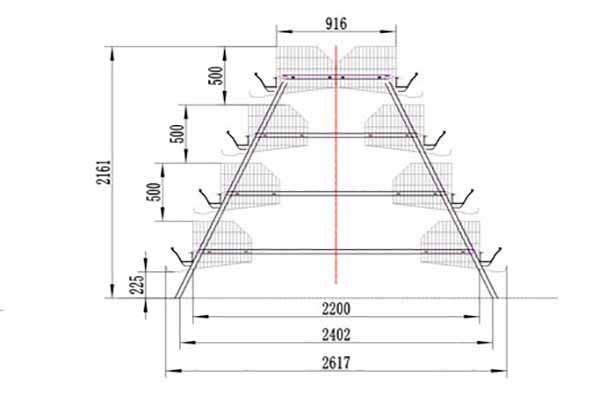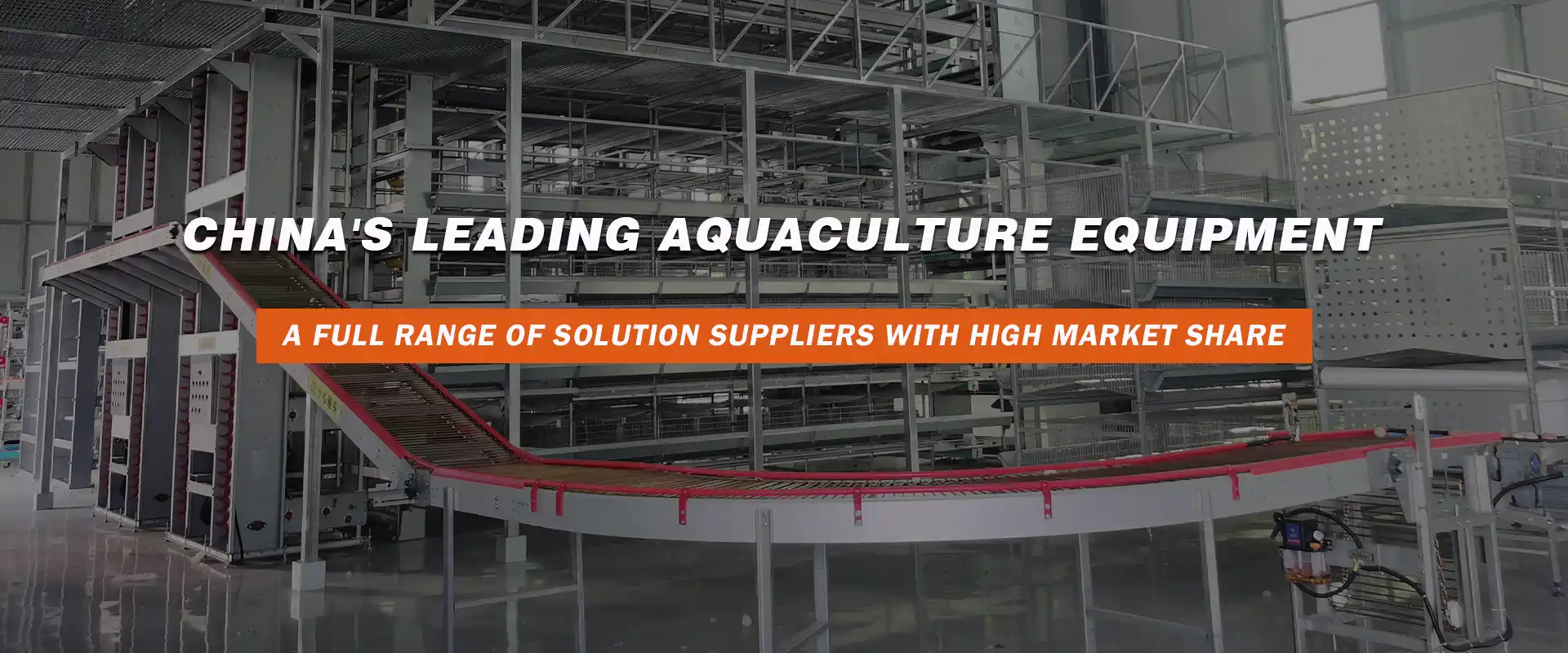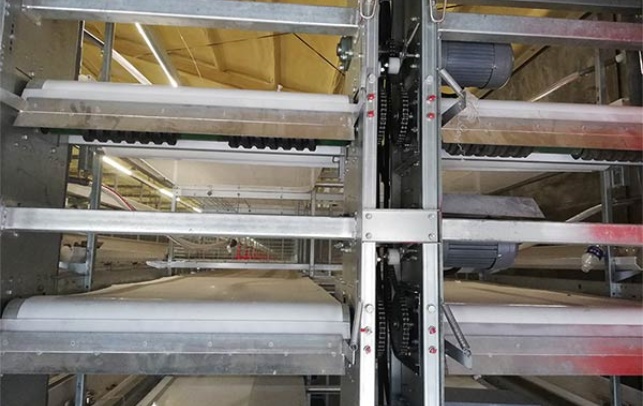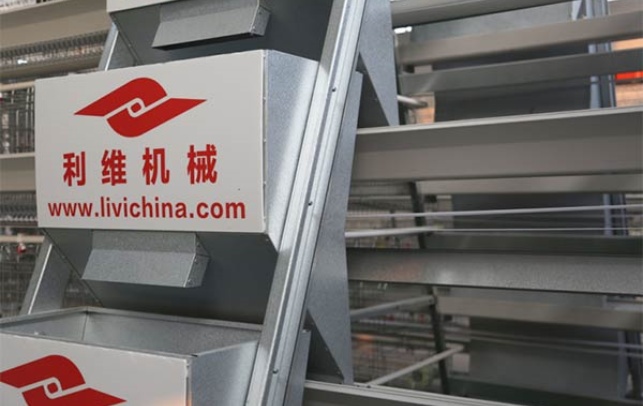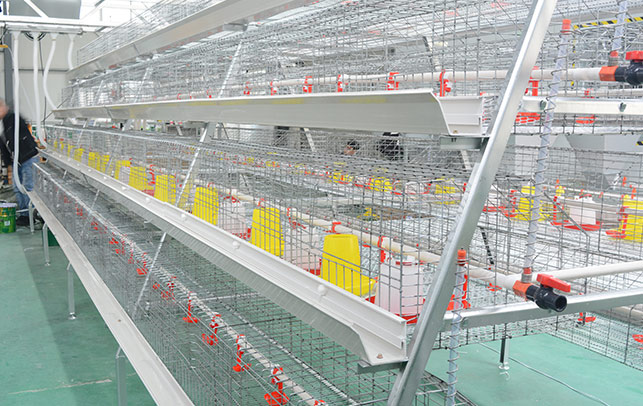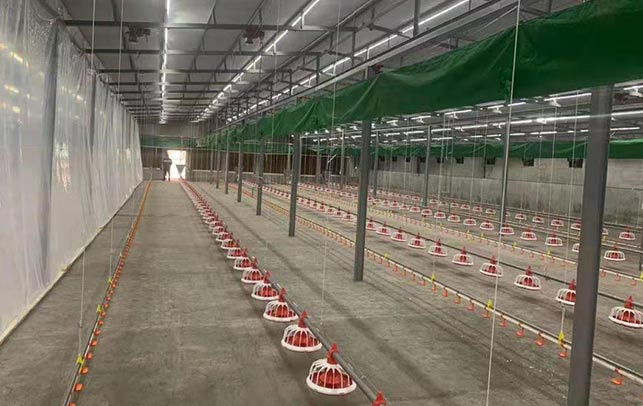Uganda Chicken Farm: Embracing the Modern Management Concept
Time : 2025-04-27
In the heart of Uganda, where the sun rises with a vibrant glow and the soil is rich with potential, there lies a chicken farm that has become a beacon of modern management in the poultry industry. This farm, known for its innovative practices and commitment to quality, has set a new standard for chicken farming across the region. Let’s take a closer look at how this farm has embraced the modern management concept to produce the finest chicken possible.
The Evolution of Chicken Farming in Uganda
For decades, chicken farming in Uganda has been a traditional endeavor, with many farmers relying on outdated methods. However, times have changed, and so has the industry. This particular chicken farm has been at the forefront of this transformation, adopting modern management practices that have revolutionized the way chicken is raised.
Traditional vs. Modern Practices
In the past, chicken farming often meant relying on natural foraging, open pens, and minimal intervention. While this approach has its merits, it also has its drawbacks. Modern management concepts, on the other hand, focus on controlled environments, precise nutrition, and health monitoring to ensure the best possible outcome.
The Modern Management Concept in Action
So, what does modern management look like at this Uganda chicken farm? Let’s break it down:
1. State-of-the-Art Facilities
The farm boasts modern facilities that provide a controlled environment for the chickens. These include:
– Climate-Controlled Houses: The houses are equipped with advanced ventilation systems to maintain optimal temperature and humidity levels.
– Hygiene Standards: Strict hygiene protocols are in place to prevent disease outbreaks and ensure the well-being of the chickens.
– Automatic Feeding Systems: The chickens are fed with precision, ensuring they receive the right balance of nutrients at the right time.
2. Nutrition and Health
Nutrition is a cornerstone of modern chicken farming. The farm uses high-quality feed that is formulated to meet the specific needs of the chickens at each stage of their growth. Additionally, regular health checks and vaccinations are conducted to keep the flock healthy.
3. Animal Welfare
Animal welfare is of utmost importance at this farm. The chickens are raised in conditions that promote their comfort and well-being. This includes:
– Sufficient Space: The chickens have ample space to move around, reducing stress and improving their overall health.
– Comfortable Bedding: The chickens are provided with comfortable bedding to ensure they have a good night’s sleep.
– Regular Exercise: The chickens are encouraged to exercise through access to outdoor areas.
4. Technology Integration
The farm utilizes cutting-edge technology to monitor and manage the flock. This includes:
– Smart Sensors: Sensors are used to track the chickens’ health, growth, and behavior, allowing for real-time data analysis.
– Automated Systems: Automated systems are used for feeding, watering, and cleaning, reducing the need for manual labor and ensuring consistency.
The Benefits of Modern Management
Adopting modern management concepts has brought numerous benefits to this Uganda chicken farm:
– Improved Productivity: The farm produces more chickens per batch, leading to higher yields.
– Enhanced Quality: The chickens are healthier and have a better taste, making them more appealing to consumers.
– Cost Efficiency: By automating certain processes, the farm has reduced labor costs and increased efficiency.
Conclusion
The Uganda chicken farm’s embrace of modern management concepts is a testament to the power of innovation in agriculture. By focusing on facilities, nutrition, health, welfare, and technology, this farm has not only improved its operations but has also set a new benchmark for the industry. As the world continues to demand higher quality food, farms like this one will play a crucial role in meeting those needs.
Tags
